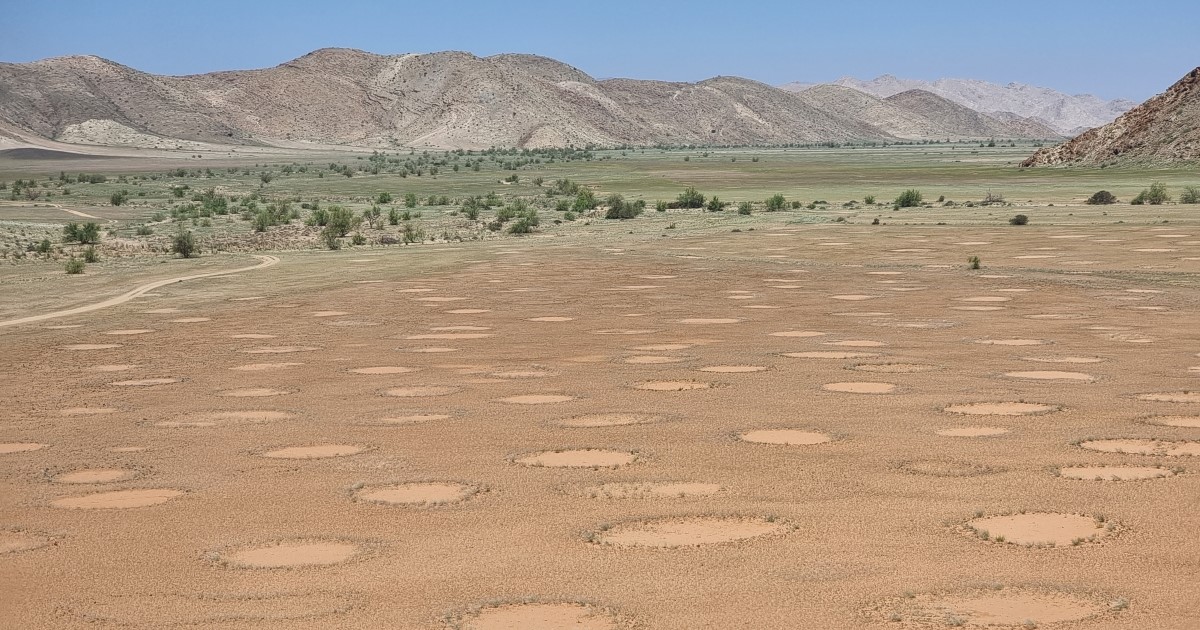Dynamics of Terrestrial Environmental Systems
A special issue of Land (ISSN 2073-445X). This special issue belongs to the section "Land Systems and Global Change".
Deadline for manuscript submissions: closed (31 May 2025) | Viewed by 10141

Special Issue Editors
Interests: pattern formation; non-linear dynamics; ecohydrology; aeolian geomorpholgy; spatial ecology
Special Issues, Collections and Topics in MDPI journals
Interests: geomorphology; landscape dynamics; arid zone; quaternary geology; climate change; global environmental change
Special Issues, Collections and Topics in MDPI journals
Special Issue Information
Dear Colleagues,
Various methods, including field studies, controlled laboratory experiments, remote sensing, and mathematical models, enable the investigation of environmental terrestrial systems that include both abiotic and biotic components, showcasing intriguing interactions. These methods have involved collaboration between scientists from different disciplines such as geomorphologists, ecologists, and physicists. One example is the diverse and intriguing vegetation patterns of water-limited environments. Along the rainfall gradient, these ecosystems exhibit varying patterns, including gaps and fairy circles, stripes, spots, and bare soils. The ability of ecological systems to undergo sudden transformations has long fascinated scientists, challenging conventional expectations of gradual change. These unexpected shifts, known as regime shifts or critical transitions, signify pivotal moments when a system, governed by intricate feedback loops, transitions from one stable state to another through bifurcation or a tipping point.
Even non-living systems, such as bedforms, mountainous topography, and river networks, display dynamic changes across different spatiotemporal scales. For instance, bedforms exhibit multiple scales, featuring small sand ripples of centimeters to larger megaripples spanning meters. The characteristics of these geomorphic systems, influenced by complex physical and chemical processes, provide valuable information about sediment transport, wind regimes, and climate conditions in expansive and often inaccessible regions.
These systems, dynamic and responsive to environmental conditions, play a crucial role in the Anthropocene, where human activities have become the primary geological force. Understanding the dynamics of environmental systems and their feedback is essential for reliable forecasts in human health, welfare, food and water security, and sustainable development.
The primary focus of this Special Issue is to delve into the dynamics of diverse environmental systems, encompassing both abiotic and biotic aspects, and to examine the intricate interplay between these systems driven by climate change and human activities. Exploring the transitions of ecosystems, geomorphologic systems, and other environmental systems, from one stable state to another, becomes crucial in enhancing resilience to climate change.
Moreover, this Special Issue aims to showcase a spectrum of scientific methods employed to study the dynamics of these systems. These methods encompass remote sensing, field experiments, and mathematical modeling, or employ a synergistic combination of various approaches.
In this Special Issue, original research articles and reviews are welcome. Research areas may include (but are not limited to) the following:
Aeolian systems and ecosystems, dryland ecosystems and vegetation patterns, resilience of environmental systems to climate change, self-organization in geomorphological systems, plant–soil hydrological processes, and land surface dynamics. Multi-disciplinary approaches are more than welcome.
Abstract submission deadline:
June 30, 2024
Notification of abstract acceptance:
July 31, 2024
We suggest that, prior to submitting a manuscript, interested authors initially submit a proposed title and an abstract of 200–500 words summarizing their intended contribution. Please send it to the Guest Editors (yiyeh@bgu.ac.il) or to the Land editorial office (land@mdpi.com). Abstracts will be reviewed by the Guest Editors for the purposes of ensuring proper fit within the scope of the Special Issue. Full manuscripts will undergo single-blind peer-review.
We look forward to receiving your contributions.
Prof. Dr. Hezi Yizhaq
Dr. Zhiwei Xu
Guest Editors
Manuscript Submission Information
Manuscripts should be submitted online at www.mdpi.com by registering and logging in to this website. Once you are registered, click here to go to the submission form. Manuscripts can be submitted until the deadline. All submissions that pass pre-check are peer-reviewed. Accepted papers will be published continuously in the journal (as soon as accepted) and will be listed together on the special issue website. Research articles, review articles as well as short communications are invited. For planned papers, a title and short abstract (about 100 words) can be sent to the Editorial Office for announcement on this website.
Submitted manuscripts should not have been published previously, nor be under consideration for publication elsewhere (except conference proceedings papers). All manuscripts are thoroughly refereed through a single-blind peer-review process. A guide for authors and other relevant information for submission of manuscripts is available on the Instructions for Authors page. Land is an international peer-reviewed open access monthly journal published by MDPI.
Please visit the Instructions for Authors page before submitting a manuscript. The Article Processing Charge (APC) for publication in this open access journal is 2600 CHF (Swiss Francs). Submitted papers should be well formatted and use good English. Authors may use MDPI's English editing service prior to publication or during author revisions.
Keywords
- complex environmental system
- ecosystems
- climate change
- remote sensing
- mathematical modelling
- drylands
- tipping points
- pattern formation
- aeolian processes
- geomorphological systems
Benefits of Publishing in a Special Issue
- Ease of navigation: Grouping papers by topic helps scholars navigate broad scope journals more efficiently.
- Greater discoverability: Special Issues support the reach and impact of scientific research. Articles in Special Issues are more discoverable and cited more frequently.
- Expansion of research network: Special Issues facilitate connections among authors, fostering scientific collaborations.
- External promotion: Articles in Special Issues are often promoted through the journal's social media, increasing their visibility.
- Reprint: MDPI Books provides the opportunity to republish successful Special Issues in book format, both online and in print.
Further information on MDPI's Special Issue policies can be found here.






